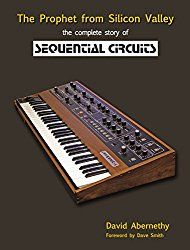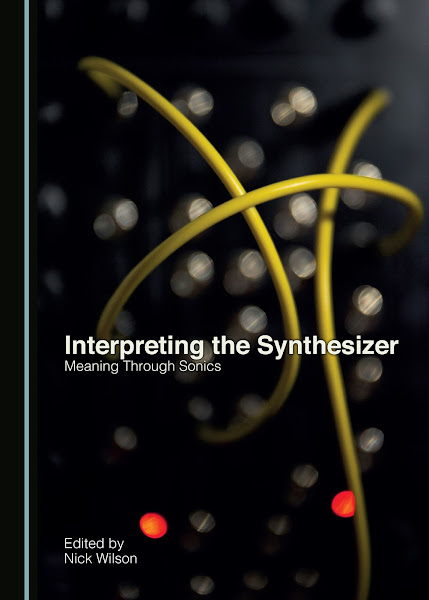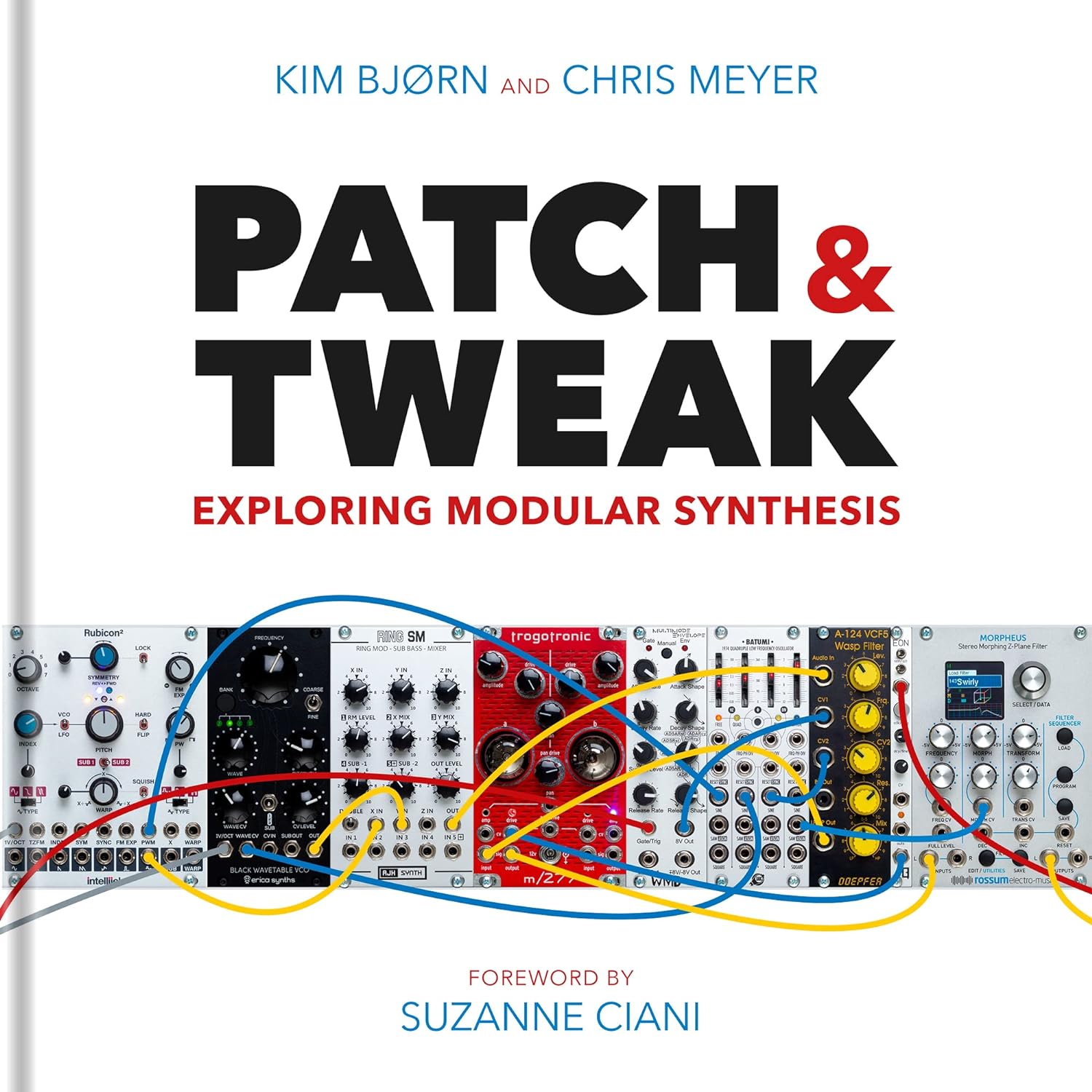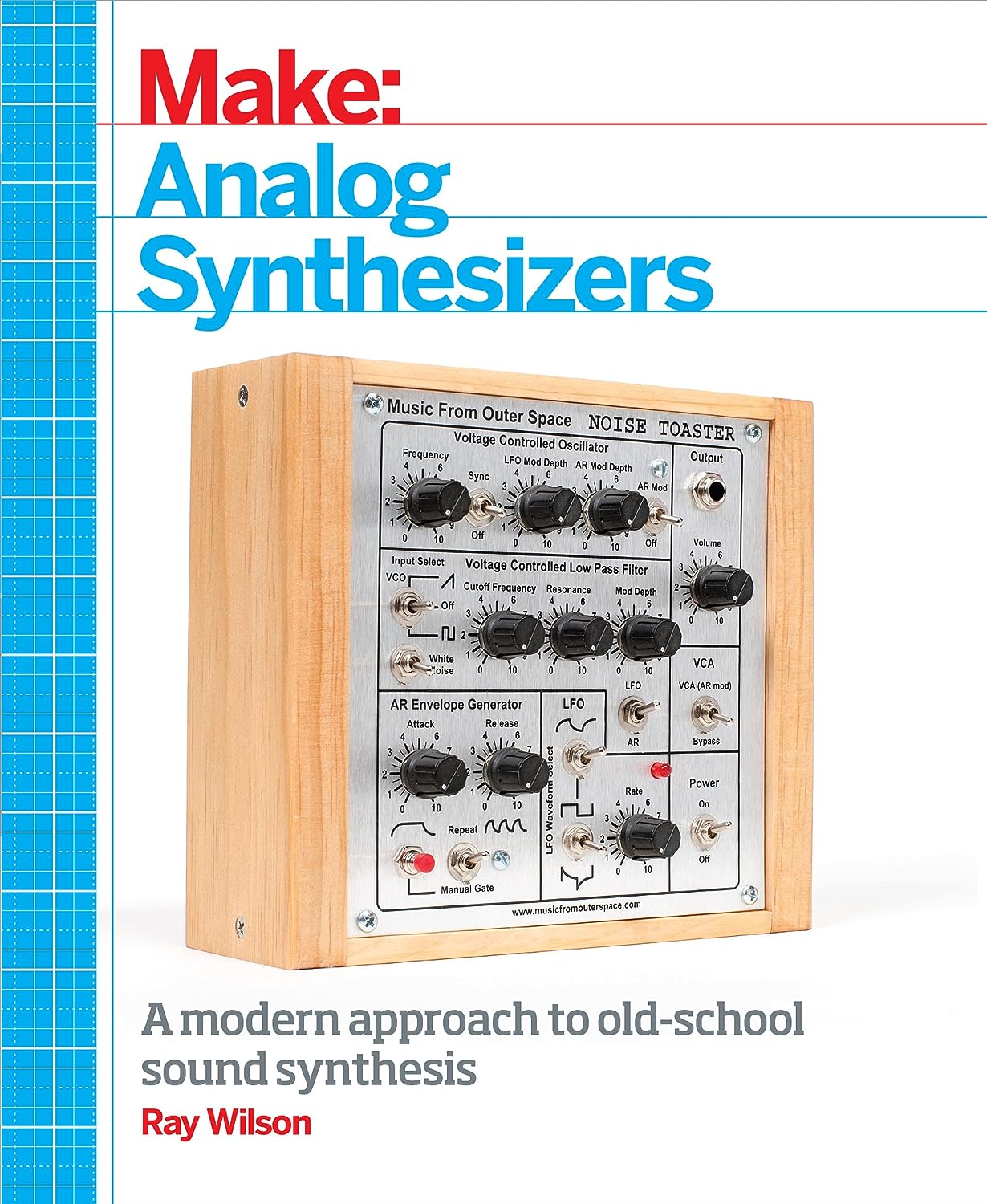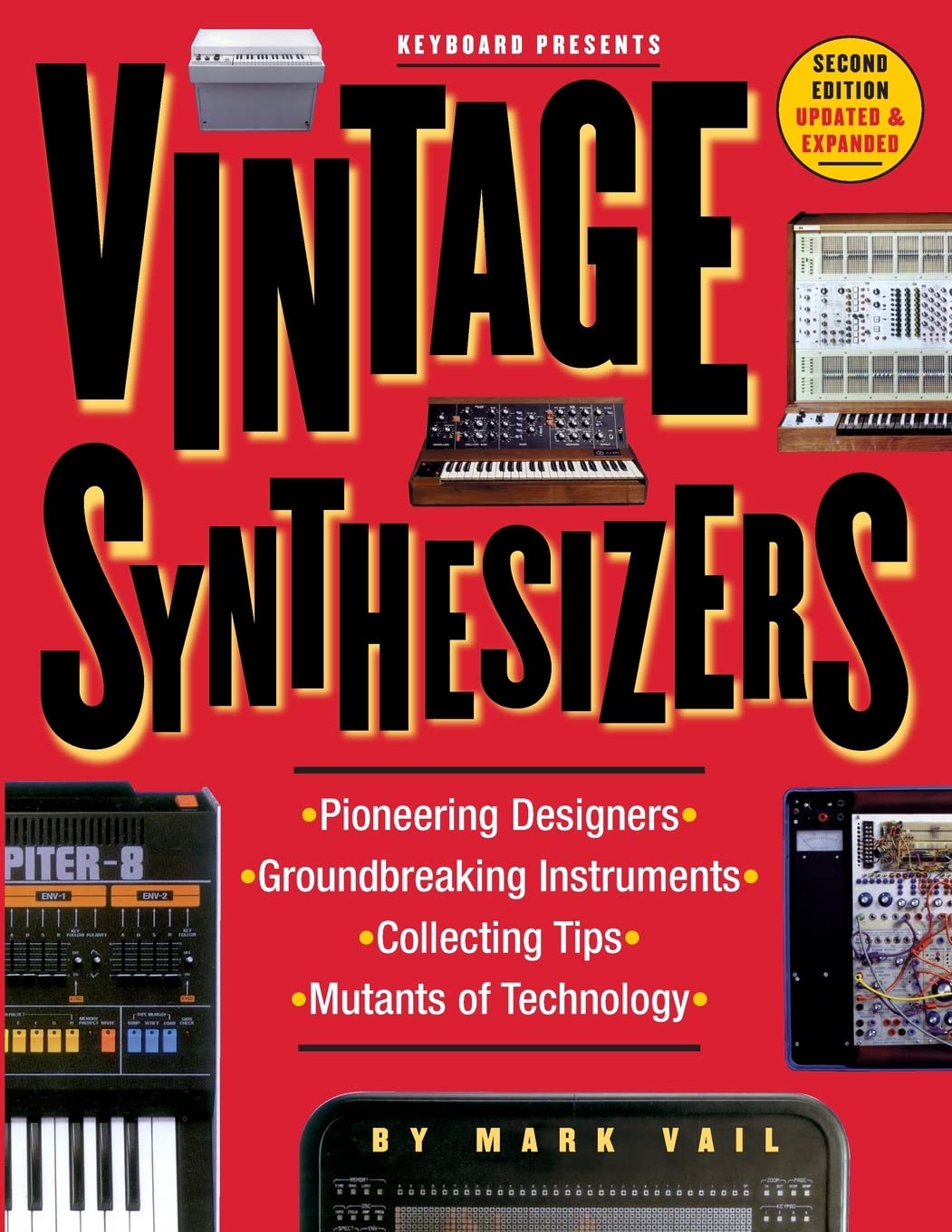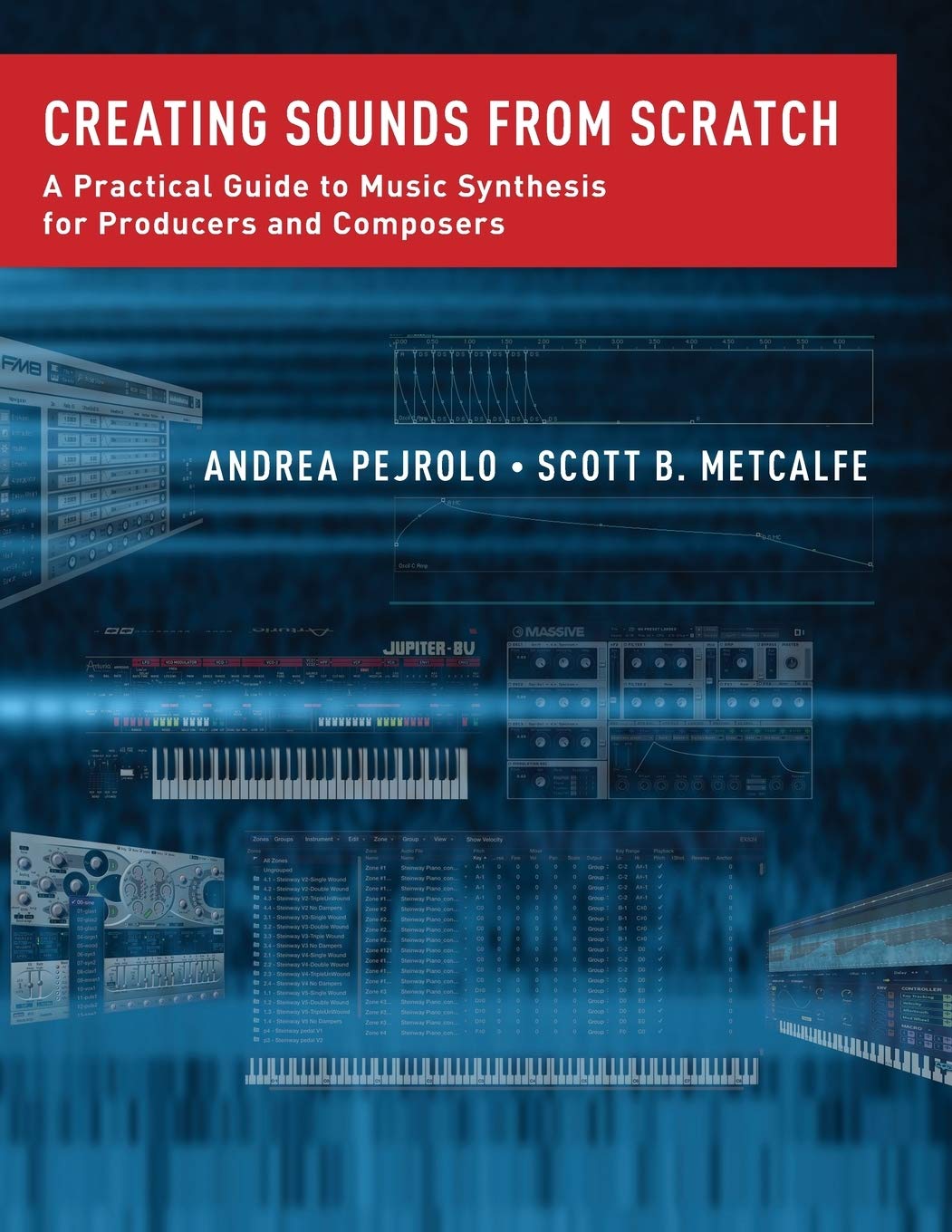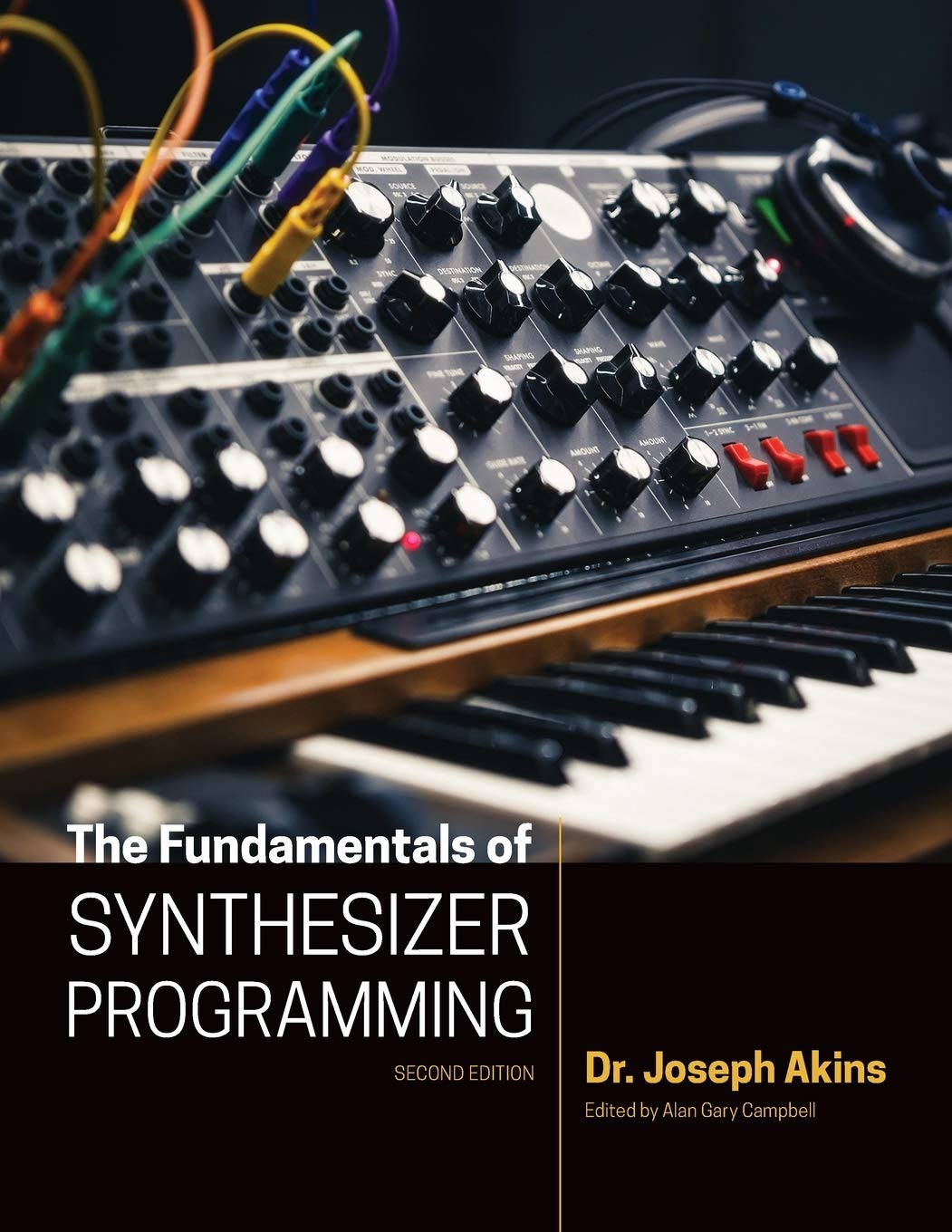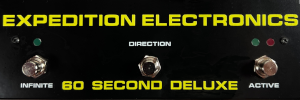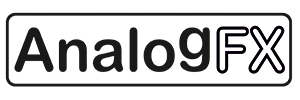video uploads by Roland | ローランド
Press release follows:
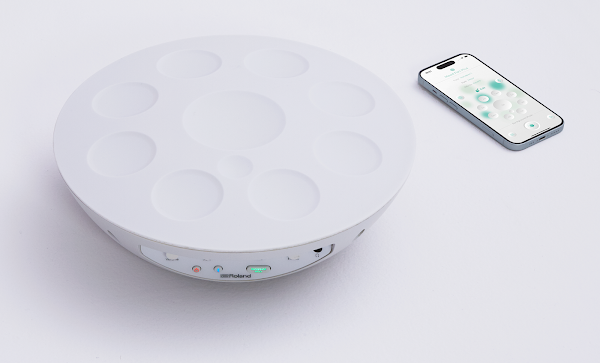


 Electronic Hand Percussion Instrument and Speaker System for Musical Exploration, Relaxation, and Meditation
Electronic Hand Percussion Instrument and Speaker System for Musical Exploration, Relaxation, and Meditation
Los Angeles, CA, June 24, 2025 — Roland introduces Mood Pan, a unique electronic hand percussion instrument that encourages anyone to discover the restorative power of music. Inspired by acoustic handpans, Mood Pan features tranquil tones and a simple design requiring no previous musical skills. Along with providing immersive audio for the onboard sounds, its built-in 2.1 speaker system can also play soothing background music and stream Bluetooth audio from mobile devices.
Mood Pan is made for mindful people and modern musicians seeking a versatile and expressive new instrument. It blends the soulful resonance of acoustic handpans with multiple sound variations and other flexible features made possible with Roland’s advanced percussion technology. While many musical instruments require learning and skill development, Mood Pan can be enjoyed by everyone, with no experience or special technique necessary.
The electronic design of Mood Pan offers many benefits over traditional handpans. Users can explore different instruments and tunings, enhance sounds with onboard effects, and silence the onboard speaker by plugging in headphones for quiet solo sessions.
Mood Pan can be placed on the user’s lap or a tabletop. The instrument is played with finger taps, and its nine pads can be assigned to different musical scales, making it impossible to hit a wrong note. It’s also possible to tap the sides with the palms to create percussive sounds and resonant tonalities, mute sounds with a touch, and use a special control pad to add expressive colors to certain tones.
Selectable sounds include handpan and other acoustic percussion such as tongue drum, gamelan, crystal bowl, and singing bowl. There’s also a sitar voice, orchestral strings, synth pad tones, and four user locations with selectable sound variations.
Mood Pan offers environmental music and nature sounds, along with four modes to play soft soundtracks for mornings, evenings, relaxing, and yoga sessions. It also doubles as a high-quality Bluetooth speaker for streaming music from a smartphone or tablet.
The Mood Pan Plus app is the perfect partner to extend the Mood Pan experience. Users can adjust the onboard sounds, choose different environmental sounds and effects, and fine-tune the pad sensitivity. The app also includes additional sounds for loading into Mood Pan’s four onboard user locations.
Availability & Pricing
The Mood Pan is available for USD $659.99.
To learn more about Mood Pan, visit Roland.com.
---
Check with dealers on the right for availability.






















